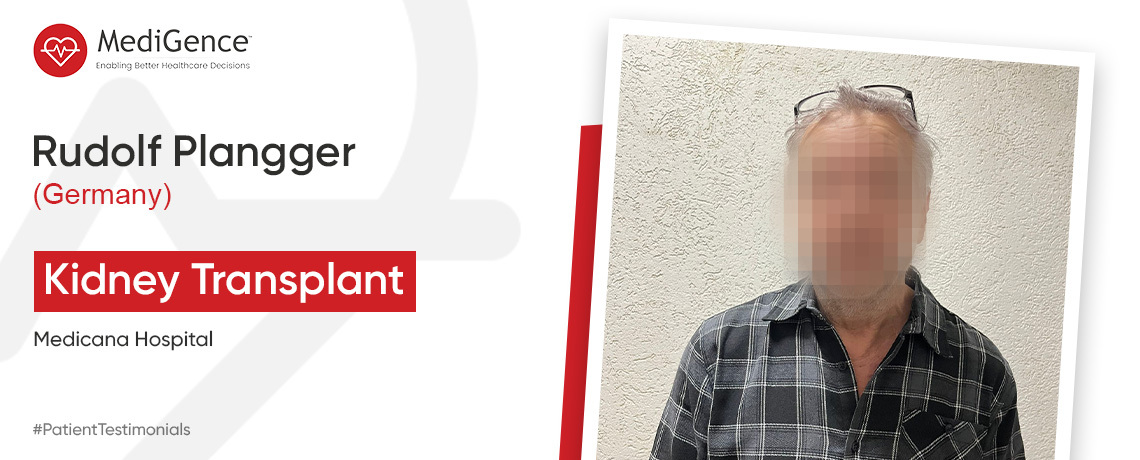Did you know that a surgeon can conduct a brain tumor surgery while you are awake without causing any pain? This feat can be achieved with “awake brain surgery” or “awake craniotomy”. Earlier used only for epilepsy, this technique has been found useful in treating brain tumors in recent years.
Awake craniotomy is becoming increasingly popular because of advancements in brain mapping techniques, anesthetics, and better monitoring of patient response. It has especially helped in removing tumors that are otherwise inoperable. Thus, making this an exciting approach to combat brain tumors!
What is Awake Craniotomy or Awake Brain Surgery?
An awake craniotomy is a surgical procedure that is performed while you are awake but sedated. If a tumor is to be removed by surgery, it has to be ensured that the surgery will not damage critical areas of the brain that control your motor skills and speech. However, it can be challenging to identify such areas before surgery. Therefore, by keeping you awake, the surgeon can ask questions and then observe your responses and brain activity. This will help the surgeon in making sure that the correct part of the brain is being treated. Therefore, the risk of damaging areas of the brain that control speech, movement, and vision will be minimized.
Your neurosurgeon would recommend an awake craniotomy under the following circumstances
- The tumor is extremely close to the regions of the brain that control body movements, language, and vision.
- The surgery would cause a major loss of function
- The tumor doesn’t have a clear border and has spread throughout the brain like a glioma. Awake brain surgery could reduce these tumors.
What Happens in an Awake Brain Tumor Surgery?
1. Before the Surgery
The neurosurgeon and neuro-anesthesiologist will work closely together to determine if awake craniotomy is right for you. This can depend on factors such as:
- Your overall health. For example, awake brain surgery may not be performed for people suffering from obesity or sleep apnea.
- Your ability to remain calm enough to answer questions of the neurosurgeon and respond during the procedure.
- The necessity of awake brain tumor surgery is to remove the tumor without causing any damage to the vital brain areas.
2. During the Surgery
If an awake brain tumor surgery is decided then one of the following types of anesthesia could be given:
- Anesthesia could be given to keep you awake throughout the procedure. Usually, patients receive a scalp or nerve block which is a type of local anesthesia to numb the small part of the scalp.
- You could receive little anesthesia or a scalp block at the beginning of the surgery for sedation.
The surgeon will make an incision in the skull to access the brain. The neuro-anesthesiologist will then stop the sedation when the neurosurgeon is ready to remove the tumor.
Brain mapping will be done to help surgeons in removing the tumor effectively. This will provide the surgeon with a map of different regions of the brain that control functions like vision, movement, or speech. The surgeon may ask you to perform movements, identify pictures and count numbers. This will help identify the brain’s crucial areas and steer clear of them throughout the procedure. The surgeon will also use three-dimensional computer images of the brain before and during the surgery to assist in removing the tumor.
After removing the tumor, the neuro anesthesiologist will sedate you again so that the neurosurgeon stitche the incision.
3. After the Procedure
Once the surgery has been performed, the surgeon will conduct an MRI test to ensure that the tumor has been removed. You can expect to stay in the intensive care unit for some time after the operation and will also have to spend about 2-3 days in the hospital. On average, patients can return to normal activities and work after 6 weeks to three months of the procedure. It is necessary to go to your follow-up appointments with the doctor for up to 3 months after the surgery.
Benefits and Risks of Awake Brain Surgery
Awake brain surgery is beneficial for patients who have brain tumors near the critical areas of the brain. By using this surgical approach, the patient’s abilities can be preserved. This is important because damaging the nerve cells could cause permanent disability. Thus, by using brain mapping techniques, the neurosurgeon could reduce the risk of damaging the crucial parts of the brain.
Though the procedure offers benefits, some possible risks are also present. These include
- Weakness in muscles
- Seizures
- Difficulty with speech and learning
- Impaired coordination
The outcome of awake brain tumor surgery
After an awake brain tumor surgery, you can expect that most of the tumor will be removed. In case, it is still left, the neuro-oncologist can also recommend additional treatments like chemotherapy or radiation therapy to kill the remaining tumor.
Avail Brain Tumor Treatment in Different Countries
Conclusion
Choosing an awake brain tumor surgery comes with its set of benefits and risks. Though the procedure is seemingly beneficial, it may not be right for everyone. Discuss with your neurooncologist if it is the right choice for you.
Reference Links:




